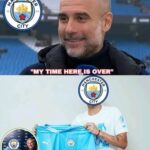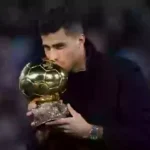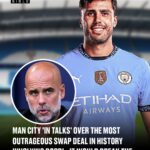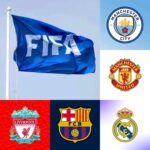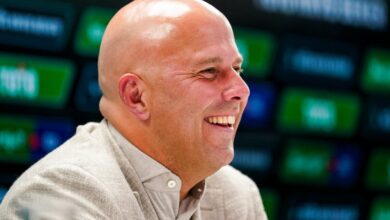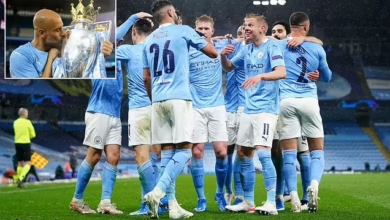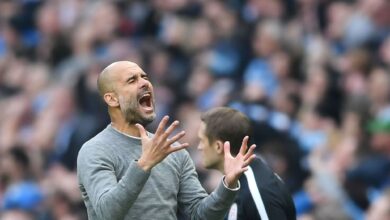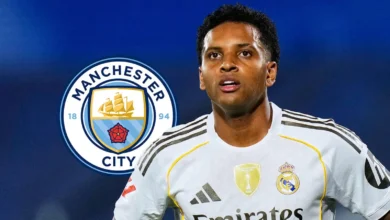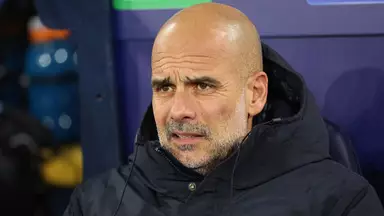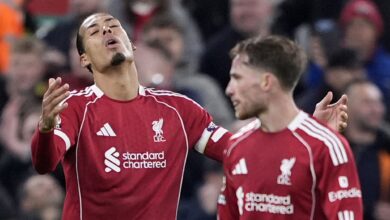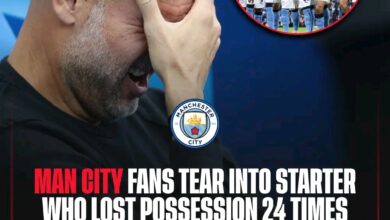Pep Guardiola says Manchester City ‘need to protect’ 2024 Ballon d’Or winner Rodri as Spain midfielder celebrates birthday at Club World Cup
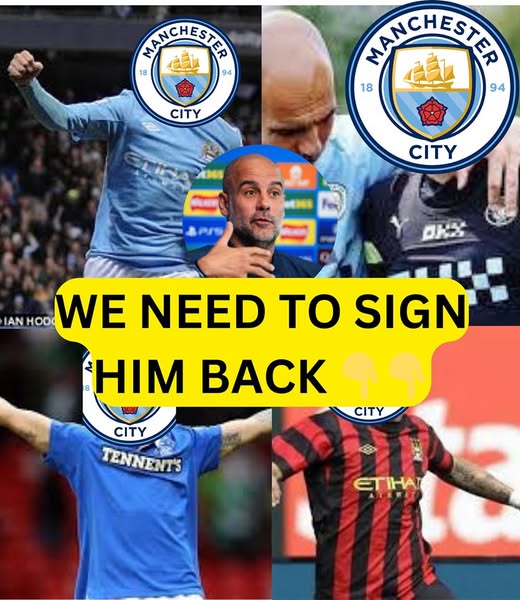
The sight of Rodri stepping onto the pitch at Lincoln Financial Field in Philadelphia represented far more than just a routine substitution during Manchester City’s FIFA Club World Cup campaign. For City supporters worldwide, it symbolized hope, resilience, and the careful orchestration of one of football’s most remarkable comeback stories. The Spanish midfielder’s return to competitive action, albeit in limited doses, marks a crucial chapter in both his personal journey and Manchester City’s broader ambitions for the 2025 season.
The Long Road Back from Adversity
The journey that brought Rodri to this moment began on a fateful September afternoon against Arsenal, when the cruel reality of professional football struck with devastating precision. An anterior cruciate ligament rupture – one of football’s most feared injuries – threatened to derail not only Manchester City’s season but potentially alter the trajectory of one of the game’s most influential players. The timing could hardly have been worse, coming at the start of what promised to be another demanding campaign for Pep Guardiola’s side.
In the modern era of football, ACL injuries have become increasingly common, affecting players across all positions and levels. The biomechanical demands of contemporary football, with its emphasis on rapid direction changes, explosive acceleration, and extended seasons, place unprecedented stress on players’ bodies. For a player like Rodri, whose game relies heavily on precise positioning, sudden bursts of speed, and the ability to cover vast areas of the pitch, such an injury represents a particularly significant challenge.
The rehabilitation process for ACL injuries has evolved considerably in recent years, with medical teams adopting increasingly sophisticated approaches that extend far beyond traditional physiotherapy. The typical recovery timeline of 10-12 months, as referenced by Guardiola, reflects not just the physical healing required but also the psychological and tactical readjustment that players must undergo. Modern rehabilitation programs incorporate cutting-edge technology, including biomechanical analysis, advanced strength conditioning, and gradual exposure to game-specific movements under carefully controlled conditions.
The Ballon d’Or Winner’s Measured Return
Rodri’s status as the 2024 Ballon d’Or winner adds another layer of complexity to his rehabilitation process. The prestigious award, which recognized his exceptional contributions to both Manchester City and the Spanish national team, came during a period when he was unable to showcase the very qualities that earned him such recognition. This paradox – being honored as the world’s best player while sidelined by injury – underscores the unique pressures facing elite athletes in their recovery phases.
The decision to ease Rodri back into action through substitute appearances demonstrates Guardiola’s sophisticated understanding of player management in the modern game. The hour-mark substitution against Wydad AC, replacing goalscorer Phil Foden, was carefully calculated to provide meaningful match experience while minimizing risk. This approach reflects a broader philosophy that prioritizes long-term player welfare over short-term competitive advantages.
Guardiola’s public statements regarding Rodri’s condition reveal the delicate balance that elite coaches must strike between transparency and protective confidentiality. His acknowledgment that “we can’t forget, it’s almost nine months since the sad day it happened” humanizes the injury experience while also managing expectations for supporters eager to see their star player return to full fitness. The reference to it being “a sad day” speaks to the emotional impact such injuries have not just on the affected player but on entire football communities.
The Tactical Implications of Gradual Integration
From a tactical perspective, Rodri’s gradual reintegration into the Manchester City lineup presents both opportunities and challenges for Guardiola’s system. The Spanish midfielder’s unique skill set – combining defensive awareness, passing range, and positional intelligence – makes him virtually irreplaceable in City’s tactical framework. His absence throughout much of the previous season forced Guardiola to explore alternative approaches, potentially leading to tactical innovations that could prove valuable even after Rodri’s full return.
The 20-30 minute appearances that Guardiola envisions for the immediate future serve multiple purposes beyond simple match fitness. These controlled exposures allow Rodri to reacquaint himself with the tempo and intensity of professional football while enabling the coaching staff to monitor his physical responses in real-time. Each appearance provides valuable data points that inform decisions about his progression toward full match participation.
The Club World Cup provides an ideal environment for this gradual reintegration process. The tournament’s format, with its mix of competitive intensity and manageable opponent quality, offers the perfect testing ground for players returning from extended absences. The stakes, while significant, are not at the level of Premier League or Champions League fixtures, allowing for a more measured approach to team selection and player development.
The Mentorship Dynamic with Nico Gonzalez
The arrival of Nico Gonzalez in January represents Manchester City’s proactive approach to squad planning in the face of long-term injuries. Rather than simply waiting for Rodri’s return, the club invested in a player who could not only provide immediate tactical solutions but also benefit from close proximity to one of the game’s premier midfielders. This strategy reflects modern football’s emphasis on continuous squad evolution rather than static roster management.
Gonzalez’s comments about learning from Rodri illuminate an often-overlooked aspect of professional football – the informal mentorship relationships that develop within squad dynamics. The young midfielder’s recognition that Rodri is “really good in everything that can be good in a midfielder” speaks to the comprehensive nature of elite football intelligence. This isn’t simply about technical skills or physical attributes but encompasses game understanding, positioning, decision-making under pressure, and leadership qualities that can’t be easily quantified.
The mentorship dynamic becomes particularly valuable during rehabilitation periods, when the injured player maintains involvement with the squad despite being unable to contribute on the pitch. Rodri’s presence during training sessions, tactical discussions, and team meetings provides continuity for both his own development and that of his teammates. This approach helps maintain squad cohesion while ensuring that returning players don’t become disconnected from evolving tactical approaches.
The Broader Context of Player Welfare in Modern Football
Guardiola’s cautious approach to Rodri’s return reflects broader changes in how professional football approaches player welfare and injury management. The traditional mentality of rushing players back to action as quickly as possible has given way to more sophisticated understanding of long-term career sustainability. This shift represents not just improved medical knowledge but also economic recognition that protecting valuable assets serves everyone’s interests.
The emphasis on making Rodri “feel good in his knee” acknowledges the psychological aspects of injury recovery that were often overlooked in previous eras. Confidence in one’s physical capabilities is crucial for players whose games depend on split-second decision-making and fearless commitment to physical challenges. The careful management of return-to-play protocols helps ensure that players regain not just physical function but also the mental fortitude required for elite competition.
Modern injury rehabilitation also incorporates increasingly sophisticated monitoring technologies that provide real-time feedback on player condition. Heart rate variability, GPS tracking, biomechanical analysis, and other advanced metrics allow medical teams to make evidence-based decisions about training loads and match readiness. This scientific approach reduces guesswork and provides objective benchmarks for progression through rehabilitation phases.
The Club World Cup as a Strategic Platform
The FIFA Club World Cup serves as more than just another tournament for Manchester City; it represents a strategic opportunity to test squad depth, integrate returning players, and fine-tune tactical approaches ahead of the more demanding phases of the domestic season. The tournament’s timing, positioned during what would traditionally be a winter break in European football, provides valuable competitive experience without the intense scrutiny of league competition.
For Rodri specifically, the Club World Cup offers an ideal environment for his continued rehabilitation. The opposition quality, while respectable, doesn’t reach the levels he’ll face in Premier League or Champions League fixtures. This allows for gradual exposure to competitive intensity while minimizing the risk of setbacks. The tournament format also provides multiple opportunities for meaningful minutes, enabling a progressive increase in involvement.
The global audience for the Club World Cup also serves Manchester City’s broader commercial interests, providing a platform to showcase the club’s commitment to player welfare and long-term planning. The careful management of Rodri’s return demonstrates organizational sophistication that resonates with supporters and commercial partners alike.
Long-Term Implications for Squad Planning
The Rodri situation has broader implications for how Manchester City approaches squad planning and risk management. The extended absence of such a crucial player has highlighted both the importance of tactical flexibility and the need for adequate depth in key positions. The club’s response – combining tactical adaptation with strategic recruitment – provides a template for managing similar situations in the future.
The investment in players like Gonzalez represents recognition that modern football squads must be built with contingencies in mind. The increasing physical demands of professional football, combined with extended seasons and multiple competitions, make injuries inevitable. Successful clubs are those that prepare for these eventualities rather than simply hoping to avoid them.
This approach to squad building also reflects the economic realities of modern football, where player values represent significant investments that must be protected. The careful management of Rodri’s return isn’t just about immediate competitive considerations but about preserving the long-term value of a Ballon d’Or winner who could continue performing at the highest level for several more seasons.
The Human Element in Elite Competition
Beyond the tactical and commercial considerations, Rodri’s return story highlights the human elements that make football compelling. The image of the 29-year-old celebrating his birthday while carefully managing his comeback adds personal dimension to what might otherwise be viewed as simply another injury recovery. These human stories create emotional connections between players and supporters that transcend pure sporting achievement.
Guardiola’s public comments about protecting Rodri demonstrate the paternal aspects of elite coaching that often go unrecognized. The relationship between coach and player extends far beyond tactical instruction to encompass career guidance, welfare monitoring, and emotional support during challenging periods. This holistic approach to player development reflects the evolution of coaching from purely technical instruction to comprehensive personal management.
The birthday timing adds poignancy to Rodri’s situation – a reminder that athletic careers unfold within the constraints of human aging and that every moment of elite competition represents a finite resource that should be cherished rather than squandered through unnecessary risks.
Conclusion: A Model for Modern Player Management
As Rodri continues his careful journey back to full match fitness, his situation serves as a case study in modern football’s approach to player welfare and career management. The combination of medical expertise, tactical flexibility, strategic planning, and human empathy that characterizes his rehabilitation process reflects best practices that extend far beyond Manchester City’s particular circumstances.
The success or failure of this approach will be measured not just in Rodri’s immediate return to form but in his long-term career sustainability and continued effectiveness at the highest level. The careful balance between competitive ambition and protective caution that Guardiola is striking represents a sophisticated understanding of the complex factors that determine elite athletic longevity.
For Manchester City supporters, each careful minute that Rodri accumulates on his return journey represents progress toward the ultimate goal of seeing their Ballon d’Or winner back to his imperious best. The patience required during this process reflects the maturity of a fanbase that understands that the best outcomes often require the longest preparation.
In an era where football increasingly resembles a high-stakes business operation, the careful management of Rodri’s return provides reassurance that human welfare remains paramount. As the Club World Cup continues and Rodri gradually increases his involvement, football observers worldwide will be watching not just for goals and assists but for evidence that the beautiful game can successfully balance competitive demands with genuine care for those who make it special.
